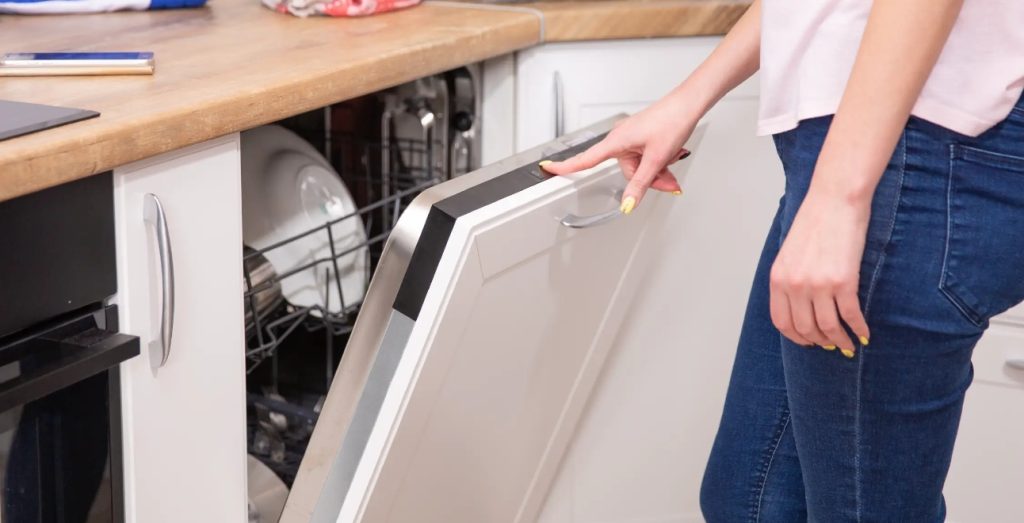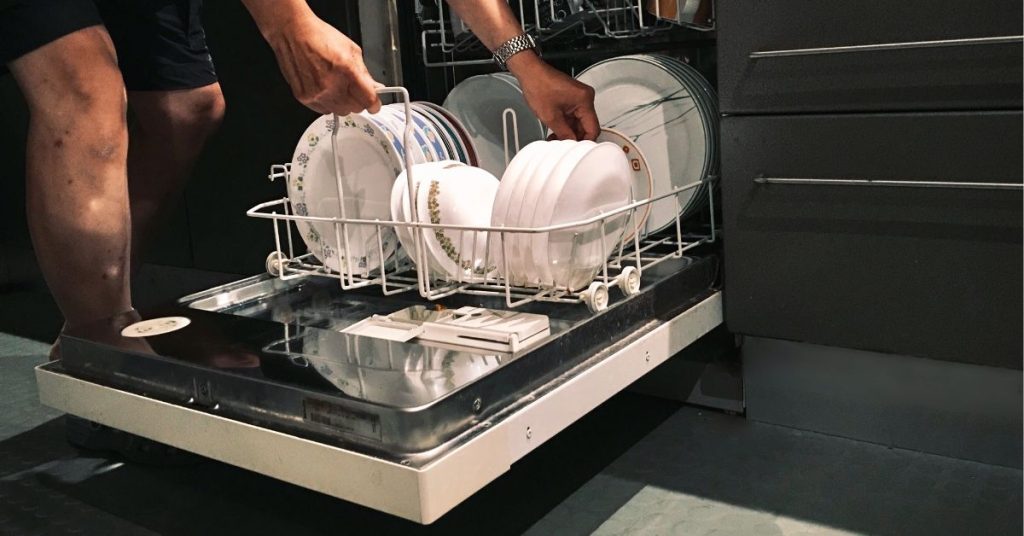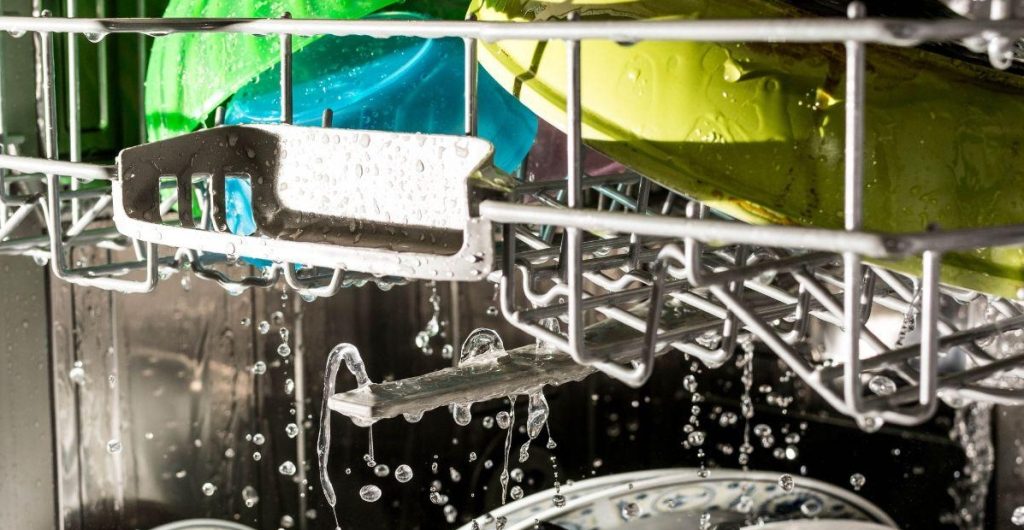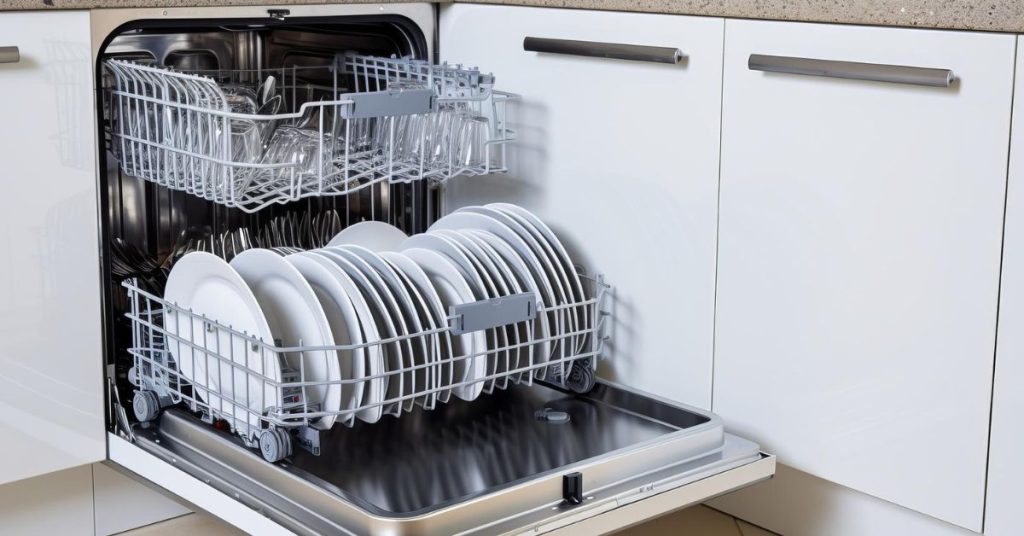Dishwasher detergents are a staple in modern kitchens, but their chemical composition often raises questions. One common query is whether dishwasher detergent is acidic. This article explores the pH nature of dishwasher detergents, their ingredients, how they function, and related considerations, drawing directly from expert sources to provide a comprehensive understanding.
The pH Nature of Dishwasher Detergent
Dishwasher detergents are generally strongly alkaline (basic). Inexpensive powders may contain sand. Such detergents may harm the dishes and the dishwasher. Powdered detergents are more likely to cause fading on china patterns. Besides older style detergents for dishwashers, biodegradable detergents also exist for dishwashers. These detergents may be more environmentally friendly than conventional detergents. [((From Wikipedia – Dishwasher Detergent))]
The alkaline compounds in dishwasher detergents are also important for cleaning. They can react with grease and break it down into soluble compounds, which wash away. Alkalis also prevent the metal parts of the dishwasher from acid corrosion. In addition, they ensure optimum alkalinity for other components in the dishwasher detergent to do their work. [((From Compound Interest – The Chemistry Behind How Dishwashers Clean))]
From these sources, it’s clear that dishwasher detergents are not acidic—they are alkaline, typically with a pH above 7, often ranging between 9 and 13 depending on the formulation. This alkalinity is essential for breaking down grease and food residues effectively.
Why Alkalinity Matters in Dishwasher Detergents
The alkaline chemicals used in dishwasher detergents are corrosive in nature, which makes them caustic to skin, tissue, and internal organs. Liquid detergents are the worst, and can have an alkalinity as high as 13, making them extremely dangerous. The more “concentrated” the detergent, the more toxic it’s likely to be. [((From Branch Basics – Why Human-Safe Dishwashing Is So Important))]
It’s helpful to know the pH of cleaning products because certain cleaners, like those found in the high pH of bleach (usually 11 to 13), are superior for cutting through acid-containing stains found in dirt, grease, proteins, oils, and other organic items. When measuring pH, a scale from 0 to 14 defines how acidic or alkaline (base) a product is. 0 is the far end of the scale as the most acidic, 7 is the middle or “neutral,” meaning it’s neither acidic nor alkaline, and 14 is the most alkaline or basic. [((From The Spruce – Average pH Level of Bleach, Borax, and Other Common Cleaning Supplies))]
Alkalinity is a deliberate design feature. The high pH helps neutralize acidic food residues (like tomato sauce or citrus) and emulsify fats, ensuring thorough cleaning. However, this corrosiveness also explains why dishwasher detergents can damage certain materials like aluminum or delicate glassware and pose risks if mishandled.
Ingredients That Define the pH
Different kinds of dishwashing detergent contain different combinations of ingredients. Common ingredients include: Phosphates: Bind calcium and magnesium ions to prevent ‘hard-water’ type limescale deposits. They can cause ecological damage, and have been partially banned or phased out. Oxygen-based bleaching agents (older-style powders and liquids contain chlorine-based bleaching agents): Break up and bleach organic deposits. Non-ionic surfactants: Lower the surface tension of the water, emulsifies oil, lipid and fat food deposits, prevents droplet spotting on drying. Alkaline salts: These are a primary component in older and original-style dishwasher detergent powders. Highly alkaline salts attack and dissolve grease, but are extremely corrosive (fatal) if swallowed. Salts used may include metasilicates, alkali metal hydroxides, sodium carbonate etc. [((From Wikipedia – Dishwasher Detergent))]
The alkaline salts, such as sodium carbonate or metasilicates, are the key drivers of the high pH. Bleaching agents and surfactants complement this alkalinity, enhancing cleaning power without shifting the detergent into acidic territory.
Comparing Dishwasher Detergent to Dish Soap
The pH level of dish soap is usually between 9 and 10 depending on the brand. Find out what that means for your health. It should neither be too acidic, nor too alkaline. A pH (hydrogen potency) of 7 is considered to be neutral. Pure water has a pH of 7. Anything below 7 is acidic. And anything above 7 is alkaline. The pH of dish soap needs to be above 7. Because you need a slightly alkaline solution to be able to cut through the leftover food and grease on your dishes. The closer your dish soap’s pH gets to 7, the less effective it is at cleaning your dishes. This is why the pH of dish soap should be between 9 and 10. A pH of this level gets dishes sparkling clean, while still being mild enough to use on your hands. [((From Yaya Maria’s – Why the pH Level of Dish Soap Matters))]
While both dishwasher detergent and dish soap are alkaline, dishwasher detergents tend to be more aggressive, often exceeding pH 10, due to their automated application and need for intense cleaning without manual scrubbing. Dish soap, designed for handwashing, balances efficacy with skin safety.
Safety and Environmental Considerations
Exposure to granular automatic dishwashing detergents has been associated with caustic injury similar to the pathology produced by other alkaline corrosives. Do LADDs produce similar toxicity? There is no published information that profiles the toxic manifestations associated with exposure to LADDs. To determine their toxicity, all LADD exposures reported to a regional poison information center over a 12-month period were collected. One hundred ninety-two human exposure cases were reviewed. Pediatric patients accounted for 76% of the exposures; 76% were ingestions, 12% were dermal exposures, and 12% were ocular exposures. Seventy-nine percent of the patients were exposed to a full-strength product, and 21% contacted a dilute product or one that had already been through the dishwashing cycle. Of the patients who ingested a LADD, 91.1% remained asymptomatic, 8.2% had minor symptoms, and only one (0.7%) suffered moderate toxicity. [((From PubMed – Liquid Automatic Dishwashing Detergents: A Profile of Toxicity))]
The high alkalinity of dishwasher detergents poses safety risks, especially for children, due to their corrosive nature. Environmentally, ingredients like phosphates have led to reformulations in many products to reduce ecological harm, such as algal blooms in waterways.
Exceptions and Misconceptions
Vinegar is acidic, which makes it great for removing mineral deposits but also makes it possible for it to damage some surfaces, including stone. Many people mistakenly believe vinegar is a perfect all-purpose cleaner, but keep vinegar away from marble countertops, aluminum pots and pans, or brass fixtures. [((From The Spruce – Average pH Level of Bleach, Borax, and Other Common Cleaning Supplies))]
Some might confuse dishwasher detergent’s cleaning power with acidity because acidic substances like vinegar are effective cleaners. However, dishwasher detergents rely on alkalinity, not acidity, debunking this misconception.
Practical Implications for Users
Most dishwasher detergents are incompatible for use with silver, brass, cast iron, bronze, aluminum, pewter, and goldleaf. They can also harm disposable plastic, anything wood, knives with hollow handles, and fine glassware. They can lead to these materials to be bleached or oxidized. [((From Wikipedia – Dishwasher Detergent))]
Users must consider their cookware’s material compatibility due to the high pH. For those seeking gentler options, biodegradable or eco-friendly detergents with slightly lower alkalinity might be worth exploring, though they still remain basic, not acidic.
FAQ: Common Questions About Dishwasher Detergent’s pH
Q: Is dishwasher detergent acidic or alkaline?
A: Dishwasher detergents are generally strongly alkaline (basic).
Q: Why isn’t dishwasher detergent acidic?
A: You need a slightly alkaline solution to be able to cut through the leftover food and grease on your dishes. The closer your dish soap’s pH gets to 7, the less effective it is at cleaning your dishes.
Q: What is the typical pH range of dishwasher detergent?
A: Liquid detergents can have an alkalinity as high as 13, while powders and tablets often range between 9 and 11, depending on concentration and formulation.
Q: Can the alkalinity of dishwasher detergent harm my dishes?
A: Yes, most dishwasher detergents are incompatible for use with silver, brass, cast iron, bronze, aluminum, pewter, and goldleaf. They can also harm disposable plastic, anything wood, knives with hollow handles, and fine glassware.
Q: Is it safe to handle dishwasher detergent with bare hands?
A: The alkaline chemicals used in dishwasher detergents are corrosive in nature, which makes them caustic to skin, tissue, and internal organs.
Q: Are there acidic alternatives to dishwasher detergent?
A: Vinegar is acidic, which makes it great for removing mineral deposits, but it’s not a direct substitute for dishwasher detergent due to its inability to handle grease effectively. Dishwasher detergents rely on alkalinity for comprehensive cleaning.







